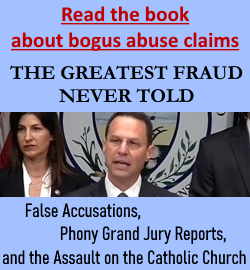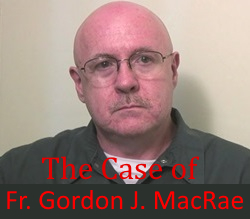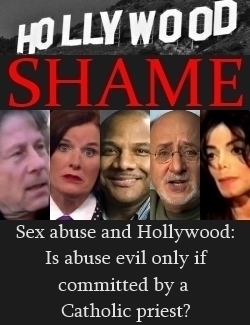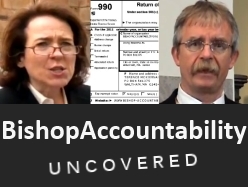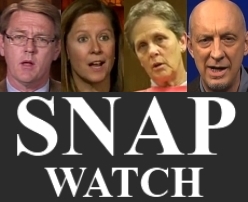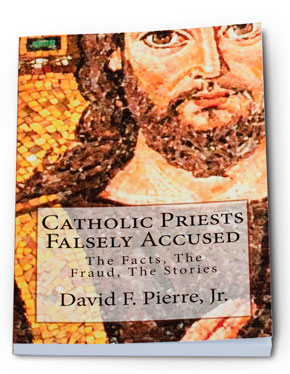Here are two stories from this past week:
1. "A [newly released] General Accountability Office (GAO) investigation has found that people with histories of sexual misconduct are still getting hired by school systems across the [United States] … The biggest problem may be 'passing the trash.' These were cases GAO found in which school systems just let suspected sexual offenders resign, and even wrote them glowing letters of recommendation, so they could find teaching jobs elsewhere."
2. "The Dublin (Ireland) Archdiocese should have taken action years earlier against Tony Walsh, probably the most notorious child sexual abuser among its priests, according to [a] commission investigating clerical child sex allegations in the archdiocese." The Church laicized Walsh (removed him as a priest) in 1995.
Now it's quiz time:
Which story did the New York Times completely ignore? Which story returns 110 results and 507 news articles on Google News, while the other returns only 6 results and 43 news articles?
Those who have been following this issue already know that the media gave far more attention to the decades-old case about the ex-priest across the Atlantic.
A typical response to the two stories comes from the Boston Globe. Regular Globe readers are already very well aware that the paper will gleefully trumpet nearly every allegation and case of abuse by a Catholic cleric from anywhere in the world. And it doesn't matter how dubious or how long ago the allegation is. The Globe will prominently report it even if the cleric is long-ago deceased. Regarding the cases above, the Globe plastered the story out of Ireland in a can't-miss position at the top of page A5 with 634 words (Sat. 12/18/10). The report of massive abuse and cover-ups happening today in our nation's schools was buried on page A21 with a modest 289 words (Fri. 12/17/10).
In addition: When reading the two narratives, one cannot help but notice journalists' difference in language choice. When relaying the story out of Ireland, journalists often chose more emotionally charged words, reporting that the ex-priest "raped and molested" "boys and girls"; they also added disturbing, visual details about some of the crimes. Yet when journalists wrote about abuse in schools, they often reported in a somewhat clinical and vague manner that teachers had committed "sexual misconduct," "sexual contact," or "inappropriate conduct."
Yes, Catholic priests terribly abused minors, and many bishops failed to stop the harm. However, while the Catholic Church has cleaned up its act, the media continues to obsess over decades-old cases from all over the globe. Meanwhile, massive sexual abuse and cover-ups happening today in our local schools are being either downplayed or dismissed.
All together now: Double … standard.
